British photographer Dan Holdsworth’s ‘Spatial Objects’ at Southampton City Art Gallery presents a body of works that occupy liminal spaces, at the confluence of art and science; analogue and digital; macro and micro; the empirical and the philosophical.
In his Blackout series of C-prints (2010), shot at the Sólheimajökull glacier in Iceland, Holdsworth reverses the values, transmuting positive into negative, the earthly into otherworldly. The pale sky becomes black, while the sooty mountain, naturally darkened by the ashes of nearby volcanoes, is turned an eerie, almost translucent white. Close-up views of the landscape have a mineral quality, the surface of the ground shining as if it were made of gemstones. A sense of stillness emanates from these works, yet the series evokes catastrophes on human, geological and environmental scales – the 1965 New York blackout; the violence of a land where volcanoes erupt and tectonic plaques tear the earth apart; climate change. Barren and supernatural, these landscapes are at once hauntingly beautiful and achingly nostalgic: they speak of the romantic Sublime, but also recall NASA imagery, from the early shots of the Moon seen from space, to more recent radar images of Venus.
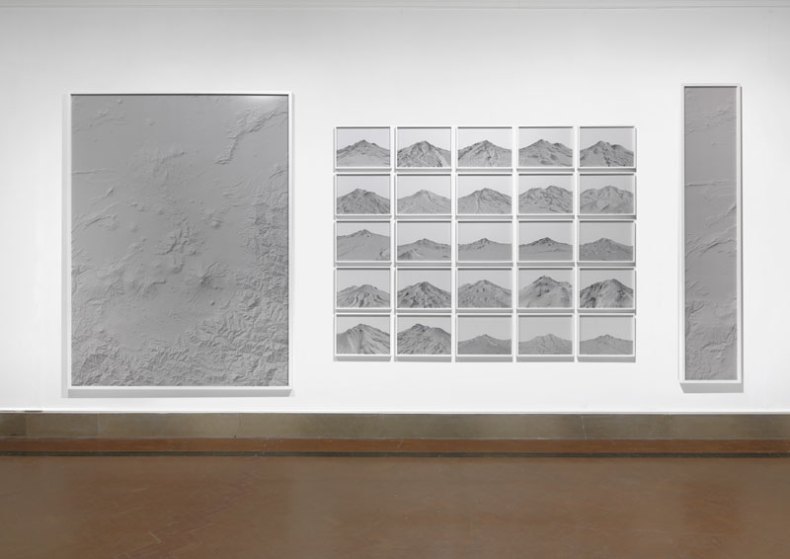
Transmission: New Remote Earth Views (Installation view, Mount Shasta; 2012), Dan Holdsworth. Image courtesy of the artist
Radar imagery (or, more properly, its laser analogue, ‘lidar’) is the focus of the next gallery, where a series of digitally rendered laser scans appropriated from US Geological Survey data are used to reflect on the politics of space in the American West. The grid-like, sequential display of Transmission: New Remote Earth Views (2012) reveals the artist’s interest in systems of classification as well as the ordered aesthetics of Bernd and Hilla Becher. But despite the flattened perspective of these aerial views, some have the sensual quality of dripping plaster or marble schiacciato relief. No less sculptural is the installation of two ‘towers’ made of the thousands of pages of raw data from which the artist extracted the substance of these images.
A similar three-dimensional approach is at play in the show’s eponymous body of work, Spatial Objects (2015), on show to the public for the first time. With these eye-popping structures, Holdsworth distils the infinitesimal geological panoramas from Transmission down to their core: the numerical pixel. In doing so, as the exhibition pamphlet puts it, Holdsworth explores ‘the geometry of the interface’, ‘the architecture of the virtual’. There is a poetry in the minimalism of these bevelled slabs of micro data, like zooming in on the individual scales of a butterfly’s wing. The results are dizzyingly beautiful.
If encountering the Blackout series in the flesh feels like stepping into the Rothko chapel in Houston, its darkness exuding a sense of depth and monumentality, the gallery devoted to Holdsworth’s latest artworks has the elating intensity of Matisse’s religious pieces, with their block yet lusciously luminous colours. The exhibition concludes with a diptych from the perception-defying Forms FTP (2010) displayed in a room of chapel-like proportions, with the rest of this series shown in the form of a book on a long altar-like plinth. To walk through these galleries is like a spiritual experience at a retinal level: Holdsworth’s work invites a sort of close scrutiny akin to contemplative meditation, a way of collecting one’s thoughts before returning to the mundanity of everyday life.
Despite their diversity, there is a sense of coherence, succession and integrity to Holdsworth’s series. In each of them, his penetrating handling of tonal textures is matched by the mystery that radiates from within. Each series challenges our habits of perception, and presents alternative viewpoints and frames of reference. Each shows barren landscapes (from the monumental in scale to the micro-level of the pixel), in which the human presence is physically obliterated, implicit instead through the ideological, political or technological meanings these images conjure up. Holdsworth in turns renders the real surreal, transforms numerical data into familiar landscapes, then dives into this virtual world to reveal the artificial but beguiling geometries of its atomic structure.
‘Spatial Objects’ is at the Southampton City Art Gallery until 31 August.
Unlimited access from just $16 every 3 months
Subscribe to get unlimited and exclusive access to the top art stories, interviews and exhibition reviews.

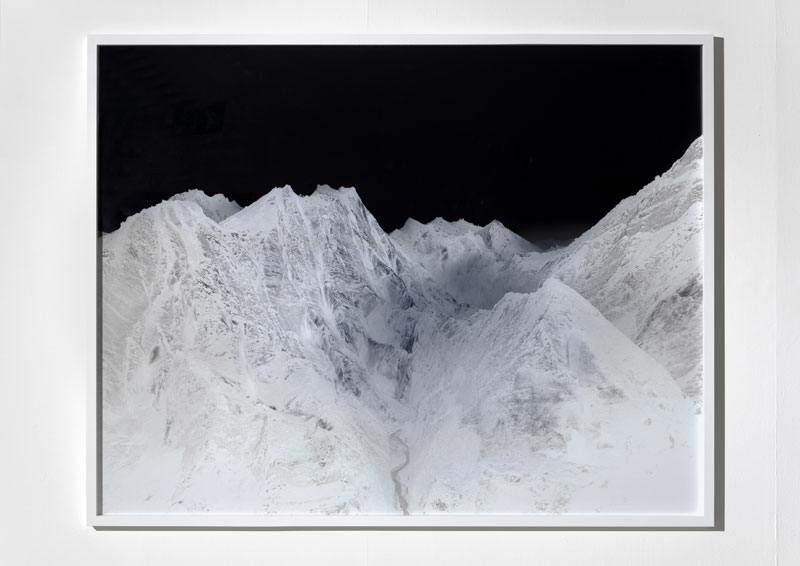
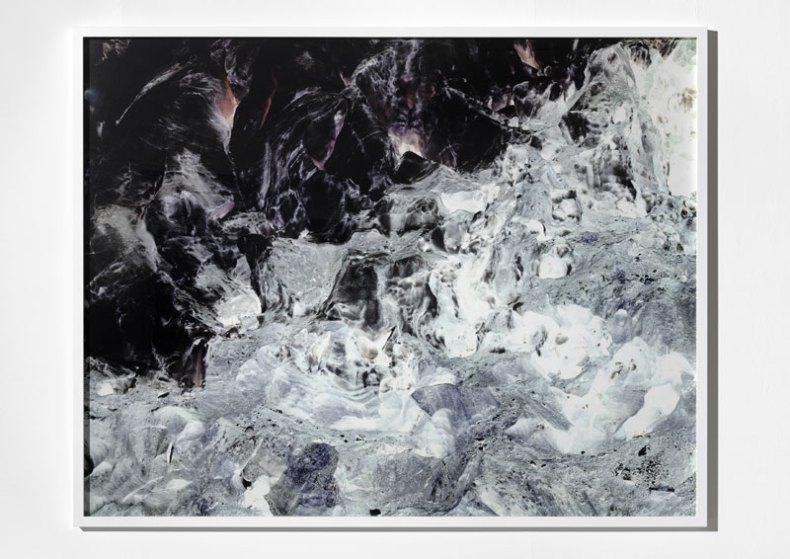
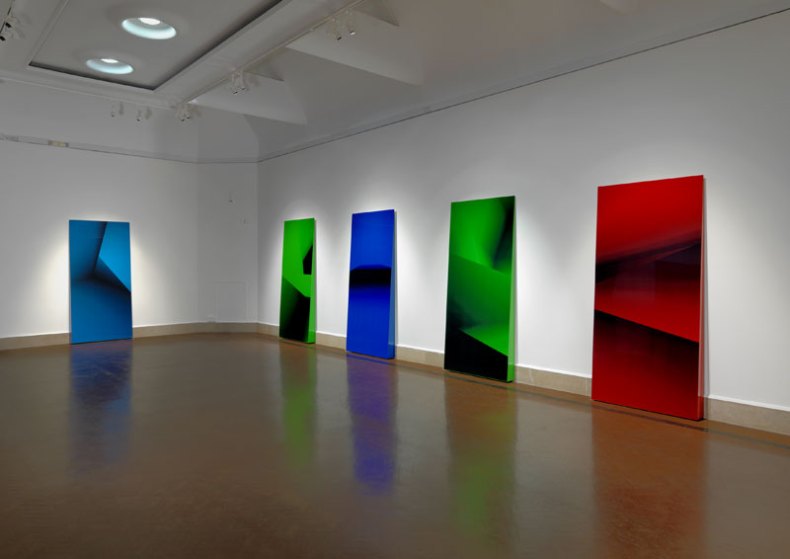
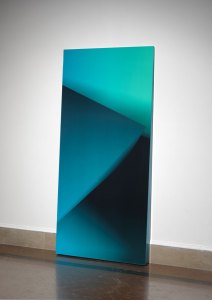


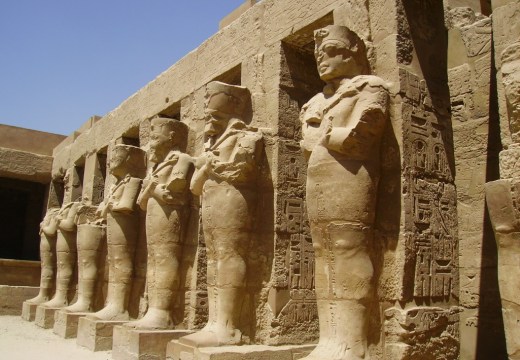
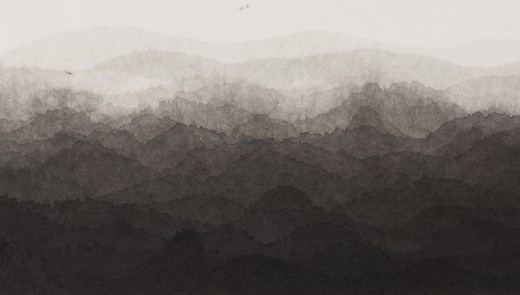









![Masterpiece [Re]discovery 2022. Photo: Ben Fisher Photography, courtesy of Masterpiece London](http://www.apollo-magazine.com/wp-content/uploads/2022/07/MPL2022_4263.jpg)
Why are fathers so absent from art history?